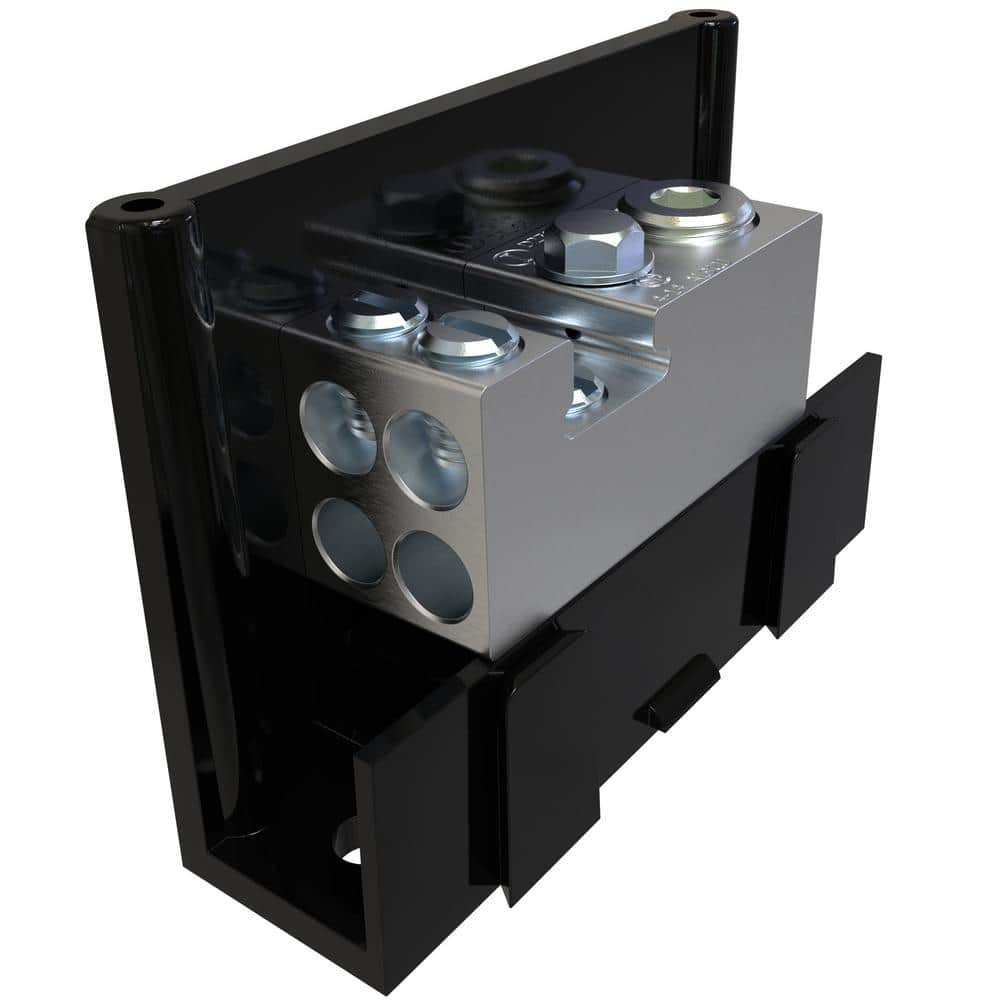WattAboutThat
New Member
- Joined
- Dec 15, 2021
- Messages
- 123
I am working on designing a new system using the new eg4 6000 split phase inverters along with the eg4 rack battery system.
Here are a few of my questions, if anyone could please advise your recommendations:
1) It is my understanding that you can only have a max of 16 batteries on a single battery bus going to the inverters which are also in parallel.
If I want to have longer term storage than 16 rack batteries, lets say 32 or more, would it be advisable to have more than one group of 16, so for example battery stack A has 16 units, and battery stack B has 16 units, such that I would only connect two of the paralleled inverters to Stack A, and say two more inverters to Stack B, assuming a 4 inverter system, (maybe could even expand this concept to 6 or 8 inverters, with each two or three inverters on their own battery Stack)?
If this were done, and if one battery stack goes low on power, such that those inverters are not able to produce as much AC, but the other stacks still have power and those inverters are producing AC, would this create an issue, if all the inverters are paralleling their AC out, to the breaker panel, resulting in the non or low producing inverters, will be at low or no amperage, could those inverters at low or no amperage be damaged by the output from the producing inverters?
Please advise your opinions on this.
2) A second almost completely different topic,
does anyone have a calculation or formula,
which I can use to determine
the minimum, and maximum number of
solar panels, which I can put on each
mppt input of the 6000 split phase, and
how many panels should be in series
versus parallel,
given the known wattage of any selected panels?
Is there a web site, where a person like myself, could enter the wattage of the desired solar panels, and have it calculate max and min total (in series and in parallel) panels that can be connected to the mppt input on the 6000 split phase?
thx
Here are a few of my questions, if anyone could please advise your recommendations:
1) It is my understanding that you can only have a max of 16 batteries on a single battery bus going to the inverters which are also in parallel.
If I want to have longer term storage than 16 rack batteries, lets say 32 or more, would it be advisable to have more than one group of 16, so for example battery stack A has 16 units, and battery stack B has 16 units, such that I would only connect two of the paralleled inverters to Stack A, and say two more inverters to Stack B, assuming a 4 inverter system, (maybe could even expand this concept to 6 or 8 inverters, with each two or three inverters on their own battery Stack)?
If this were done, and if one battery stack goes low on power, such that those inverters are not able to produce as much AC, but the other stacks still have power and those inverters are producing AC, would this create an issue, if all the inverters are paralleling their AC out, to the breaker panel, resulting in the non or low producing inverters, will be at low or no amperage, could those inverters at low or no amperage be damaged by the output from the producing inverters?
Please advise your opinions on this.
2) A second almost completely different topic,
does anyone have a calculation or formula,
which I can use to determine
the minimum, and maximum number of
solar panels, which I can put on each
mppt input of the 6000 split phase, and
how many panels should be in series
versus parallel,
given the known wattage of any selected panels?
Is there a web site, where a person like myself, could enter the wattage of the desired solar panels, and have it calculate max and min total (in series and in parallel) panels that can be connected to the mppt input on the 6000 split phase?
thx



